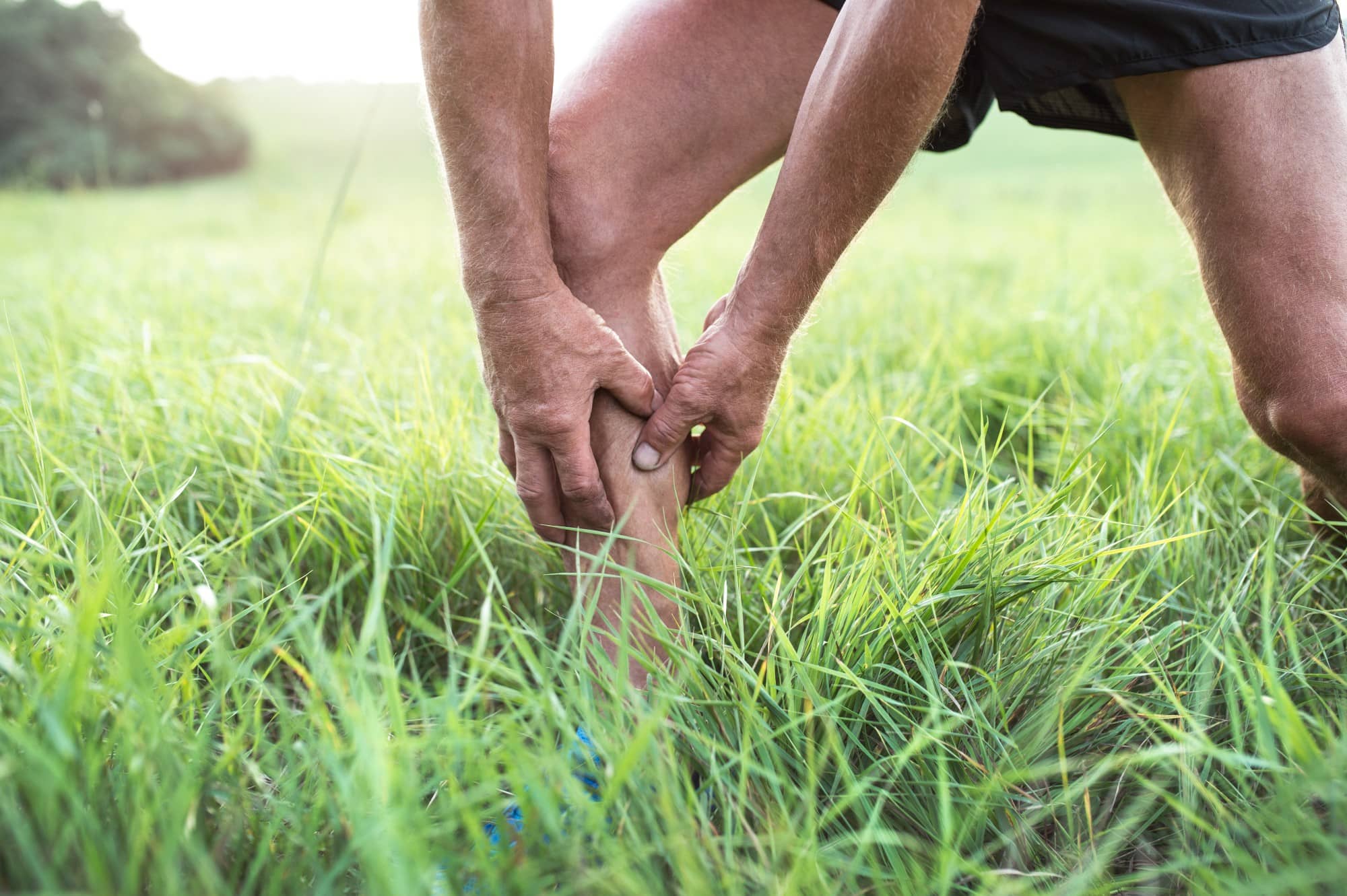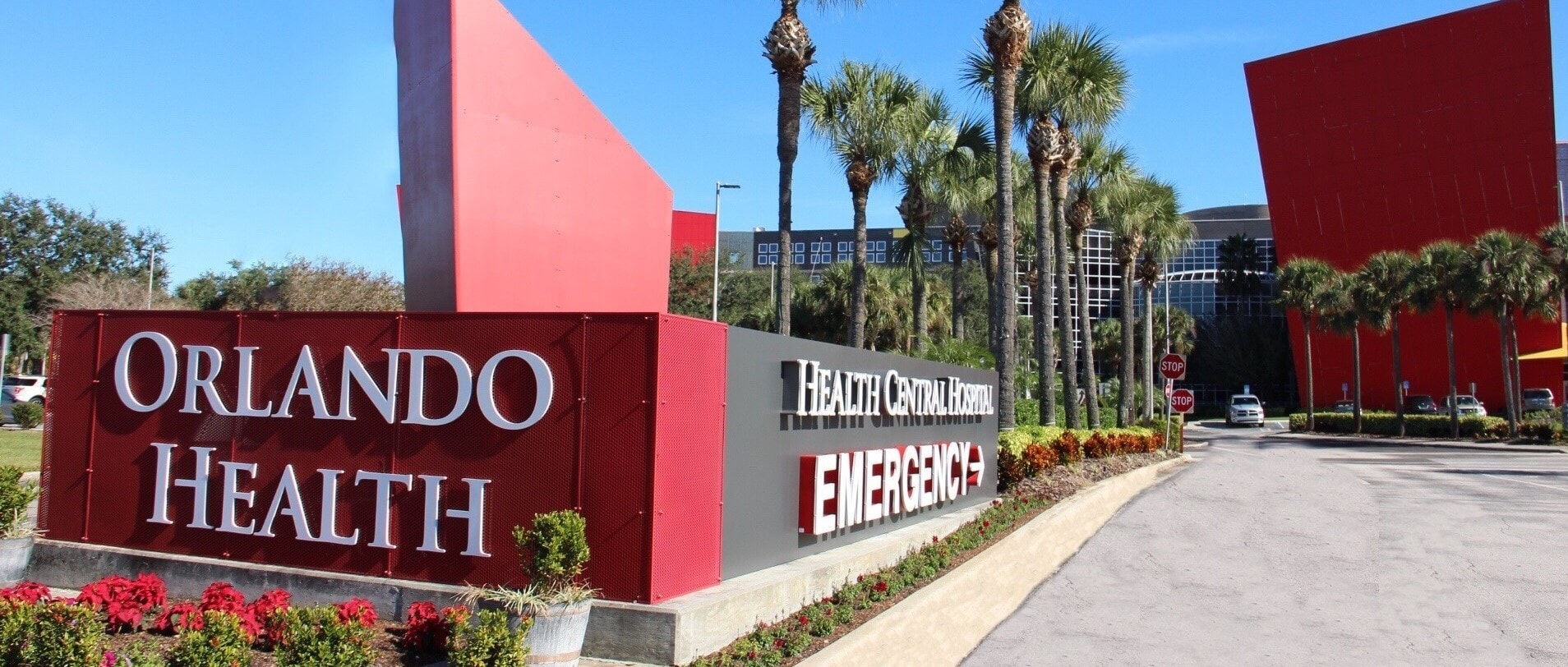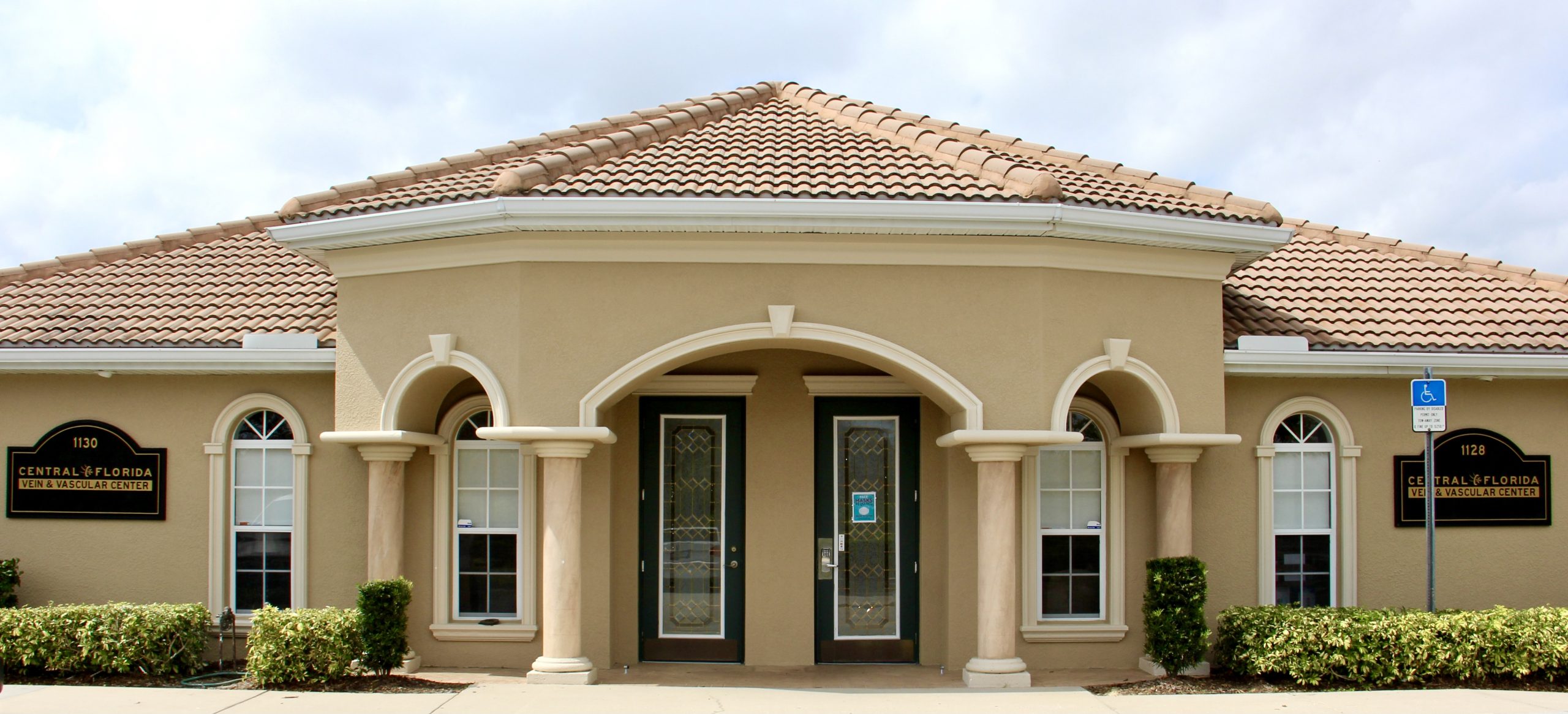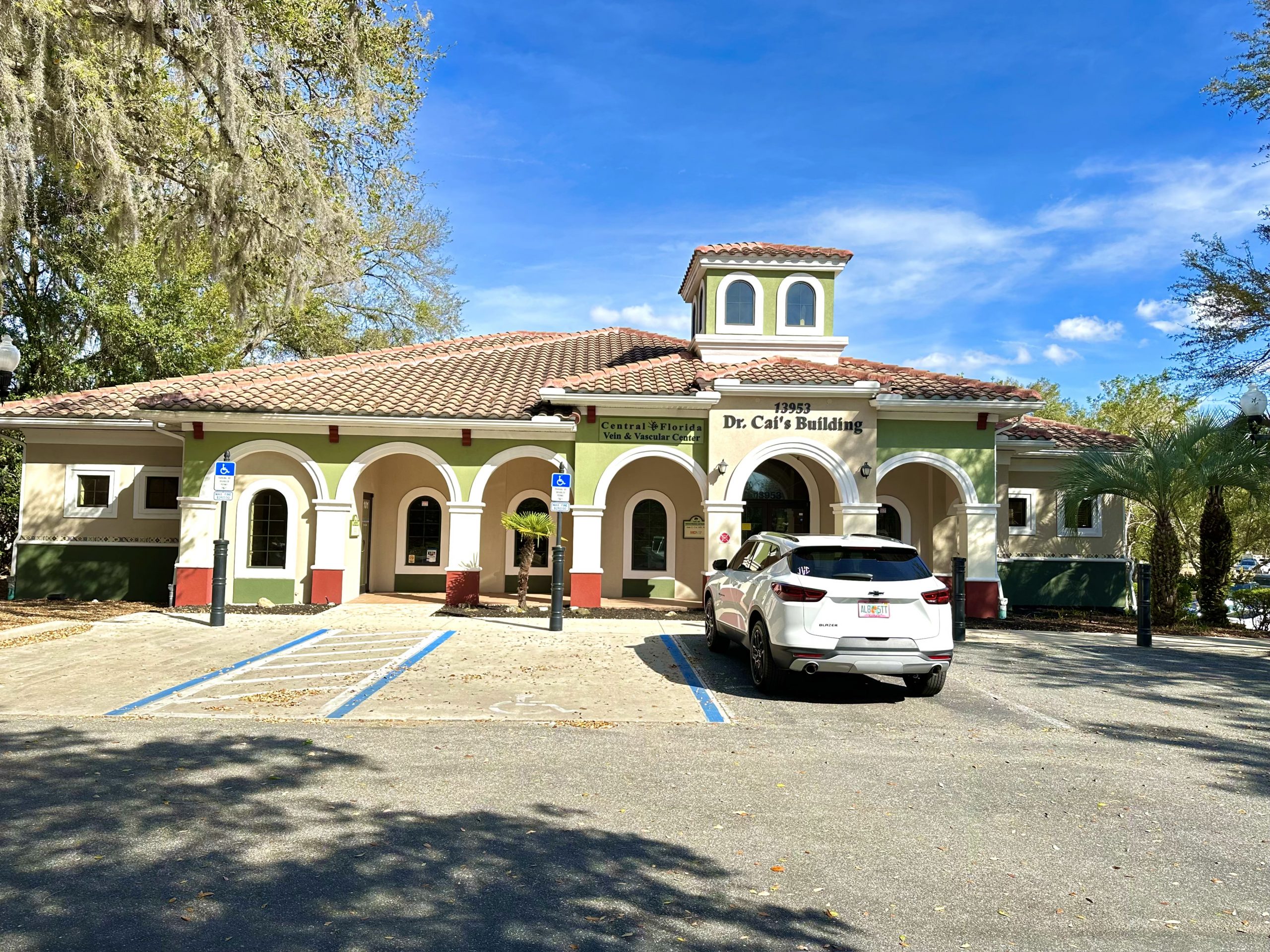5 Ways to Effectively Manage Varicose Veins
Do you suffer from varicose veins? Varicose veins are caused by veins that are just below the surface of the skin, and often in the legs, become swollen because of a pooling of blood. These varicose veins often appear enlarged or swollen, blue, or purple, and twisted or kinked. If you do have varicose veins, or think you might, the best thing to do is to be examined by an experienced doctor, such as John D. Horowitz, MD, FACS, the founder and director of Central Florida Vein & Vascular Center and one of the top vascular physicians in Orlando.
Varicose Vein Symptoms
The symptoms of varicose veins often include the following:
- A dull aching or discomfort in the legs.
- A throbbing or burning in the legs.
- A feeling of heaviness or pressure in the legs.
- A swelling of the lower legs, feet, or ankles.
- An itchiness or dryness of the skin around the varicose veins.
- Muscle cramping in the legs, especially at night.
Varicose Veins vs. Spider Veins
It’s important here to make a distinction between varicose veins and superficial or spider veins. Varicose veins are a serious medical condition that can lead to other serious medical conditions, such as deep vein thrombosis (DVT). Because of this, the diagnosis and treatment of varicose veins are typically covered by medical insurance.
Superficial veins, also called spider veins, which appear as smaller discolorations on the legs and face, are merely a cosmetic concern and do not require treatment for medical reasons, although many people are successfully treated for this condition and find great satisfaction with the long-term results. Don’t hesitate to contact Central Florida Vein & Vascular Center if you’d like to get rid of a few spider veins that have been bothering you.
How To Manage Varicose Veins
Ensuring you properly manage your varicose veins can greatly help to reduce the pain you deal with.
Exercise
A sedentary lifestyle can lead to poor venous flow, which can contribute to the formation of varicose veins. Dr. Horowitz recommends exercising, at least, three times a week in order to increase your circulation and maintain an appropriate weight. And if you have a desk job, be sure to stand up at least once an hour, and take a five-minute walk.
Elevate Your Legs
Make a point each evening to spend ten minutes on your back with your legs lifted up at a 90-degree angle. Doing this won’t be terribly difficult, but it will help improve circulation and be worth making the commitment to.
Take Breaks From Standing
If you have to stand for long periods, such as teachers, restaurant employees, pharmacists, etc., be sure to wear supportive shoes, sit whenever you can, and propping your feet up, if possible. And it’s best to avoid tight clothing and high heels.
Consider Minimally Invasive Vein Therapy
This may include EVLT or foam sclerotherapy to dry up the veins that cause high pressure in the venous system. In this treatment procedure, a vein specialist injects a sclerosing agent into the veins, which causes them to scar and become less noticeable. Sclerosing options include a concentrated saline solution, foam, or some other agent. There’s virtually no pain and no downtime with sclerotherapy, so you can get right back into your normal routine.
Consider Laser Treatments
These types of endovascular laser ablation treatments include the endovenous laser treatment (EVLT). Another innovative treatment option, laser therapy, is a precise and minimally invasive option that uses an ultrasound to locate the exact areas to be treated. The laser then conducts heat to the varicose vein, causing it to harmlessly collapse and be absorbed into the body. This treatment is done under local anesthesia and patients typically are able to walk immediately afterward and usually go back to work the next day.
Varicose Vein Treatment Options
Compression Stockings
Compression socks or stockings provide gentle, even compression on the surface of the leg, which helps to reduce the swelling and pooling of blood that occur with varicose veins. This therapy may be used alone in very mild cases, or, as often is the case, in conjunction with other treatment therapies. It is important to note that you should not self-diagnose and self-treat with compression stockings. Any venous condition should be evaluated by an experienced vein doctor, who will not only recommend the best course of action for your particular situation, but, also, check you for more serious, and sometimes even life-threatening, venous conditions.
Sclerotherapy
Sclerotherapy is the use of an irritant (sclerosant) to cause the affected vein to seal off and collapse. The body harmlessly absorbs the now-unused vein and reroutes the blood flow through healthy veins in the surrounding area. Central Florida Vein & Vascular Center specializes in ultrasound-guided foam sclerotherapy (UGS), in which Dr. Horowitz utilizes ultrasound visualization to accurately locate the vein(s), into which he injects a foam sclerosant through a needle. While this procedure provides excellent long-term results, a series of two or three treatments typically is required.
Thermal Ablation
Thermal ablation is the safe destruction of affected tissue through the use of heat, either from a laser or through the use of radio frequencies. As with sclerotherapy, the vein seals off, collapses, and is harmlessly absorbed into the body, and again, the blood is redirected to healthy veins. Central Florida Vein & Vascular Center employs a technique called endovenous laser treatment (EVLT), in which Dr. Horowitz, again assisted by ultrasound, pinpoints where to inject a small tube (or catheter) into the varicose vein to deliver the corrective heat (thermal energy). Typically, with this procedure, the patient will wear a prescription compression stocking or leg wrap for one to two weeks afterward. But, this procedure, as well as sclerotherapy, is done under local anesthesia on an outpatient basis.
Phlebectomy
A phlebectomy is a surgical procedure in which the doctor uses a small scalpel or needle to remove the varicose veins while the patient is under a local anesthesia. This procedure is sometimes done in conjunction with another treatment, such as thermal ablation. And again, one or two weeks of compression stockings or leg wraps usually is required.
Healthy Choices
When you make healthy choices regarding your diet and the amount of exercise you do, it pays off in all sorts of ways. Regarding varicose veins, these choices can influence your propensity toward developing varicose veins, although it should be noted that genetics and other factors beyond your control, such as hormone levels during pregnancy, also can play a big part in the development of varicose veins. It also is important to point out that even if you do have an extremely healthy lifestyle, you still can be at risk for varicose veins. In fact, certain athletic endeavors may even increase your risk for the condition. The repetitive leg work in cycling and the tremendous strain on the legs that occurs in weightlifting can lead to varicose veins, so if you participate in either of these sports, it may be a good idea to get checked out by vein specialist such as Dr. Horowitz.
Contact Central Florida Vein & Vascular Center
All of these treatment options mean that when you visit Central Florida Vein & Vascular Center, Dr. Horowitz can figure out which is best for you when it comes to eliminating your varicose veins and relieving your specific symptoms. Keep in mind, though, that no medical or surgical treatment ever will guarantee that varicose veins won’t appear in the future. As such, it’s important that you see Dr. Horowitz, one of the best vascular physicians in Orlando. He will tailor your treatments to you and what he believes will give you the best long-term outcome. So don’t wait – call Central Florida Vein & Vascular Center at 407-545-3385 or 352-658-5547 today to set up a consultation, and find out what treatment option is most suitable for you.




